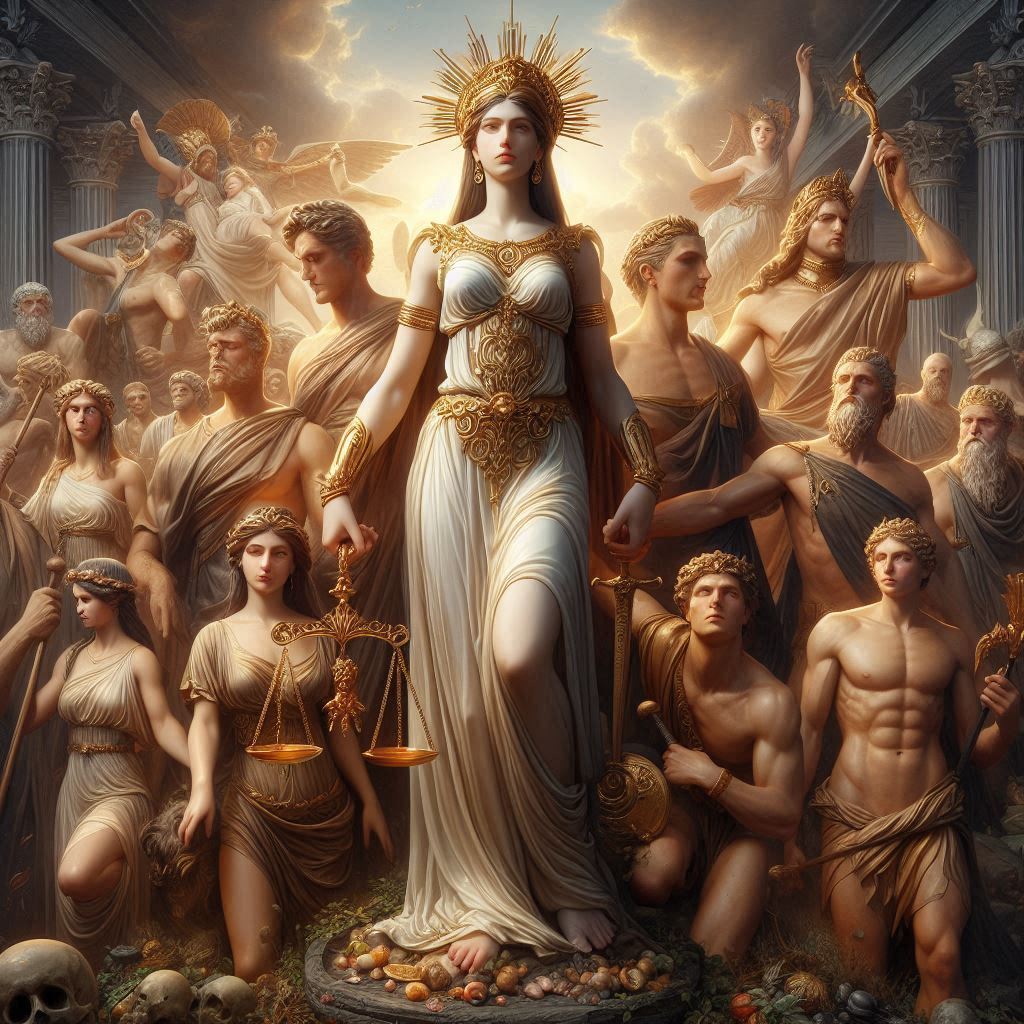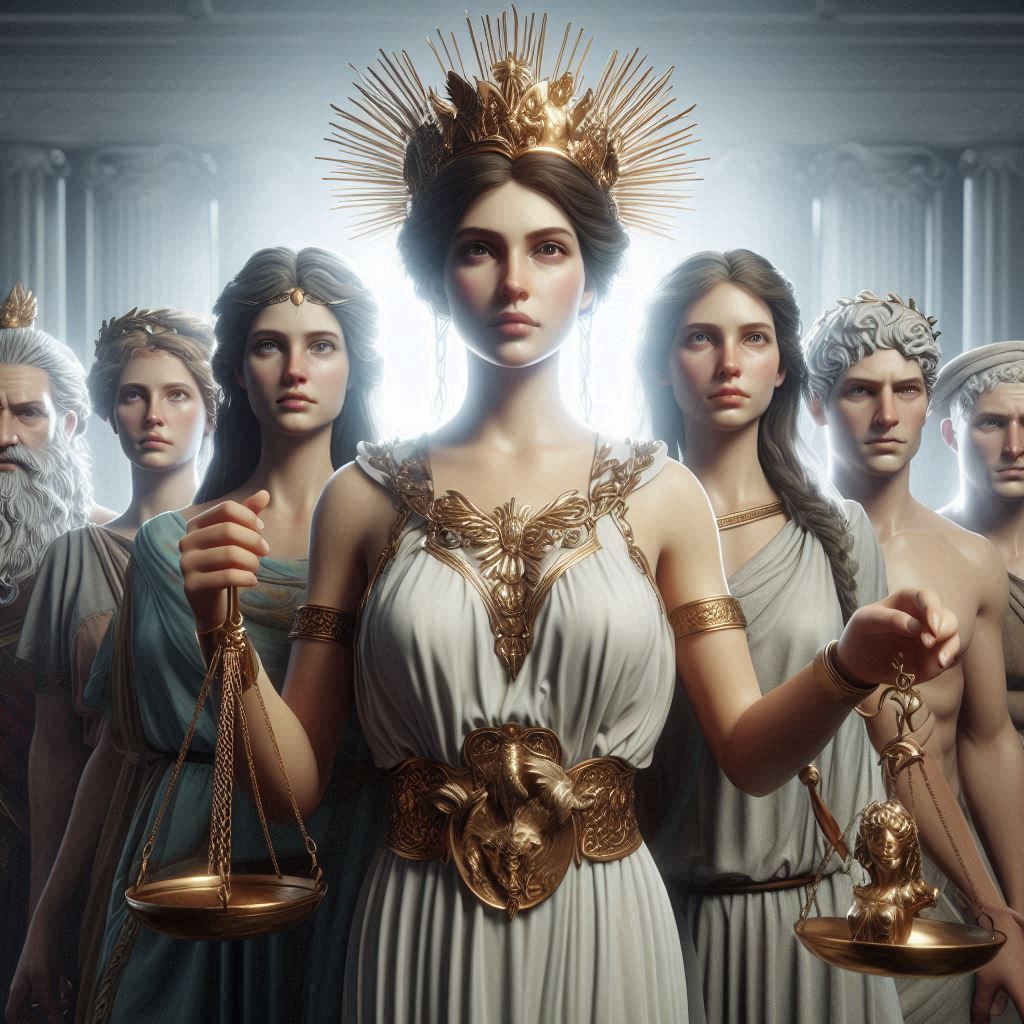Table of Contents
Biblical References in Modern Literature
The Bible has been one of the most influential texts in Western literature, shaping themes, symbols, and narratives for centuries. Modern literature, despite its secular tendencies, continues to draw heavily from Biblical stories, motifs, and language. Authors use these references to add depth, evoke moral questions, or critique societal norms. From allegorical retellings to subtle allusions, the Bible’s presence in contemporary works underscores its enduring cultural and literary significance.

1. Biblical Allusions as Thematic Foundations
Many modern novels employ Biblical allusions to reinforce their central themes. For example, William Golding’s Lord of the Flies (1954) mirrors the Fall of Man through its depiction of boys descending into savagery on an uninhabited island. The character Simon, who embodies Christ-like purity and sacrifice, is killed by the other boys, paralleling the crucifixion of Jesus. Similarly, John Steinbeck’s East of Eden (1952) explicitly references the Cain and Abel story, exploring themes of sin, guilt, and redemption through its characters.
2. Christ Figures in Modern Narratives
The archetype of the Christ figure—a character who suffers for others’ salvation—appears frequently in modern literature. In Ernest Hemingway’s The Old Man and the Sea (1952), Santiago endures immense suffering, bearing his cross-like mast and sacrificing himself in a way that evokes Christ’s passion. Similarly, in Cormac McCarthy’s The Road (2006), the father’s self-sacrifice for his son carries strong messianic undertones, reinforcing themes of hope and survival in a post-apocalyptic world.
3. Apocalyptic Imagery and Prophetic Themes
The Book of Revelation’s apocalyptic visions have influenced dystopian and speculative fiction. Margaret Atwood’s The Handmaid’s Tale (1985) incorporates Biblical justifications for its theocratic regime, drawing parallels between the Republic of Gilead and Old Testament patriarchy. Similarly, The Stand (1978) by Stephen King reimagines the battle between good and evil in a plague-ravaged America, echoing Revelation’s Armageddon.
4. Parables and Moral Lessons
Modern writers often adapt Biblical parables to critique contemporary society. Flannery O’Connor’s short stories, such as A Good Man is Hard to Find, use grotesque realism to convey themes of grace and redemption, much like Jesus’ parables of lost souls. Similarly, Toni Morrison’s Beloved (1987) explores suffering and resurrection through the lens of slavery, invoking Biblical imagery of sacrifice and rebirth.
5. Subversion and Irony in Biblical References
Some authors use Biblical references ironically to challenge traditional beliefs. In The Master and Margarita (1967), Mikhail Bulgakov juxtaposes the story of Pontius Pilate with a satirical depiction of the Devil in Soviet Russia, questioning institutionalized religion. Likewise, Jean-Paul Sartre’s The Flies reworks the Oresteia myth with existentialist themes, rejecting divine justice in favor of human autonomy.
Here are examples of Biblical references in modern literature, organized by theme or type of allusion:
1. Creation & Fall of Man
- Mary Shelley’s Frankenstein (1818) – Victor as a flawed Creator, the Monster as Adam (even quoting Paradise Lost: “I ought to be thy Adam, but I am rather the fallen angel”).
- John Milton’s Paradise Lost (1667) – Though pre-modern, its influence persists; His Dark Materials by Philip Pullman is a direct inversion.
- Albert Camus’ The Fall (1956) – The title references the Fall of Man, and the protagonist’s confession mirrors Adam’s guilt.
2. Christ Figures & Sacrifice
- Harper Lee’s To Kill a Mockingbird (1960) – Tom Robinson as an innocent scapegoat, evoking Christ’s unjust persecution.
- Khaled Hosseini’s The Kite Runner (2003) – Hassan’s selfless suffering and betrayal recall Judas’ betrayal of Jesus.
- George Orwell’s *1984* (1949) – Winston’s torture and forced love for Big Brother parallel Christ’s temptation in the wilderness.
3. Job-like Suffering & Trials
- Arthur Miller’s The Crucible (1953) – John Proctor’s moral struggle mirrors Job’s test of faith.
- Cormac McCarthy’s Blood Meridian (1985) – The Judge’s nihilistic philosophy contrasts with Biblical justice, evoking Job’s questioning of God.
- Toni Morrison’s Sula (1973) – Shadrack’s chaotic “National Suicide Day” reflects Job’s despair.
4. Apocalyptic & Prophetic Visions
- Octavia Butler’s Parable of the Sower (1993) – The title references Jesus’ parable, and Lauren Olamina’s journey mirrors Exodus.
- Neil Gaiman’s American Gods (2001) – The coming war between old and new gods echoes Armageddon.
- David Mitchell’s Cloud Atlas (2004) – The “Fall” of civilizations and rebirths mirror Biblical cycles of destruction and renewal.
5. Symbolic Names & Direct Retellings
- William Faulkner’s Absalom, Absalom! (1936) – The title references King David’s rebellious son, paralleling familial betrayal.
- Sylvia Plath’s The Bell Jar (1963) – Esther Greenwood’s descent mirrors Jonah in the belly of the whale.
- James Baldwin’s Go Tell It on the Mountain (1953) – John’s spiritual struggle mirrors Saul’s conversion to Paul.
6. Subversions & Dark Reimaginings
- Shirley Jackson’s The Lottery (1948) – The ritual stoning inverts the Biblical command against idolatry.
- Ian McEwan’s Atonement (2001) – Briony’s false accusation evokes Pontius Pilate’s handwashing.
- Don DeLillo’s White Noise (1985) – The “Airborne Toxic Event” parodies the Flood, with consumerism as the false god.
7. Minor but Striking Allusions
- J.D. Salinger’s The Catcher in the Rye (1951) – Holden’s fantasy of saving children from falling (“catcher in the rye”) suggests a distorted messianic complex.
- Gabriel García Márquez’s One Hundred Years of Solitude (1967) – The plague of insomnia parallels Biblical curses, and Remedios the Beauty’s ascension parodies the Virgin Mary.
- Ursula K. Le Guin’s The Left Hand of Darkness (1969) – The protagonist’s role as a messenger echoes Biblical prophets in a secular, alien world.
Conclusion
Biblical references in modern literature serve multiple purposes: they deepen thematic resonance, provide moral frameworks, and offer subversive commentary on faith and society. Whether through direct allegory, symbolic characters, or apocalyptic settings, the Bible’s influence persists as a powerful literary tool. By engaging with these ancient narratives, modern writers continue a dialogue that spans millennia, proving the timeless relevance of Biblical stories in understanding human nature.


No responses yet